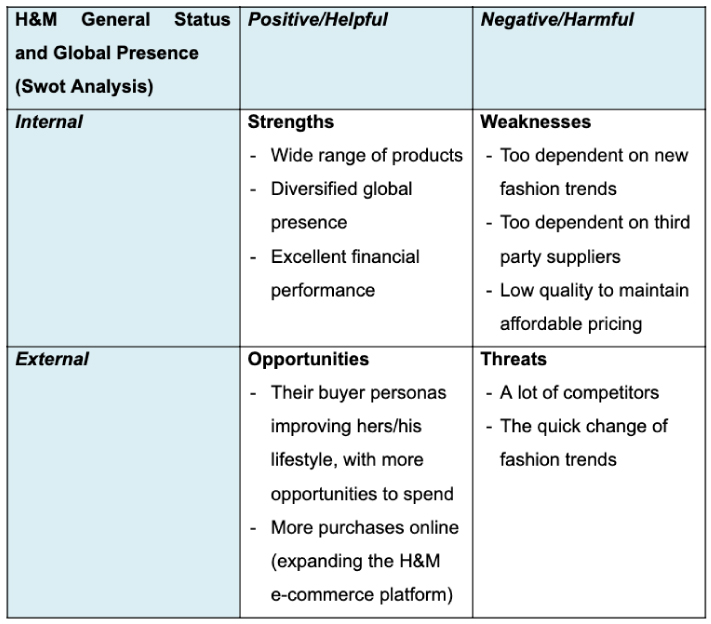A SWOT analysis is an evergreen technique to evaluate your company’s status. As we’ve seen, it can be part of a vaster analysis scenario, the GAP one.
Why after more than 80 years since its first use, the SWOT analysis is still so crucial for businesses and industries all over the world?
Firstly, because of its simplicity. In fact, you don’t need tools or complicated techniques to carry out one. A SWOT Analysis is a straightforward way for everyone in your organization to evaluate the current status of the enterprise, to appraise a product or a service or to set a future goal. In other words, a SWOT analysis assesses whatever you find most necessary for your business to achieve a certain objective.
Second, it is an excellent way of internal confrontation. In fact, for a SWOT analysis to be successful, it’s better to collect the opinions of your employees, and managerial figures in order to understand the general sentiment towards a specific topic. It will be very rare to receive the same opinions, but still, it’s a very useful way to cluster some collective visions.
So, does a fashion brand/business need a SWOT Analysis? The short answer is YES.
Now let’s have a look at the long one.
Why a fashion business should carry on a SWOT Analysis
The Strengths, Weaknesses, Opportunities and Threats matrix is a useful tool for brands who operate in the fashion field.
As we’ve said, a SWOT Analysis is a great way to evaluate, for example:
- your brand recognition in a more expanded fashion marketplace
- the pros, and cons of growing your business globally
- costs of labor and quality of the raw materials which you need
- a new product, its market positioning, its production costs.
Moreover, you can really use a SWOT analysis to evaluate every aspect of your business.

Fashion, like other industries, consists of different operation fields, including creative departments, sales, distribution, production, logistics and so on. Each of these might face fluctuations and instability for an infinitive number of reasons.
A SWOT Analysis helps to:
- prevent unpleasant situations
- invest one’s efforts to strengthen the business
- embrace new opportunities
- work on internal weaknesses
- prevent external threats such as competitors or social or political factors, for example.
Let’s see an example of how to perform a SWOT analysis for a fashion brand.
Examples of how to perform a SWOT analysis for a fashion brand
In general, a SWOT analysis is divided as follows:
- Strengths are internal factors of the organization. They are positive elements that help the business to achieve its goals and objectives. These things are good for the company, and they have to be enhanced and maintained.
- Weaknesses are also internal factors of the organization, but, clearly, they’re harmful elements that somehow block the business from within to reach its goals. The negativity of these factors has to be stopped.
- Opportunities are external factors over which the company doesn’t have control but has to prioritize them, invest in them and capture them.
- Threats are also external factors but negative ones. The business has to manage to avoid them or to mitigate them.
So, let’s have a look at the below SWOT Matrix that sums up all these elements.
To better understand a SWOT Analysis in the fashion industry let’s use a practical example. Let’s take into consideration H&M and use the SWOT Matrix to analyze the overall brand’s status and how it may improve its international presence, for example.

Let’s make another example. Let’s consider that you’re a medium fashion brand, originally from the USA, but you’re planning to expand your business in Europe, starting with the SER (South European Region) area.
You’re doing great in the States, but after doing your research, you realized that your brand might be successful overseas.
You have an e-commerce, and your target groups are Millennials and Gen Z.
Let’s have a look at how the SWOT grid might look like considering this scenario.

